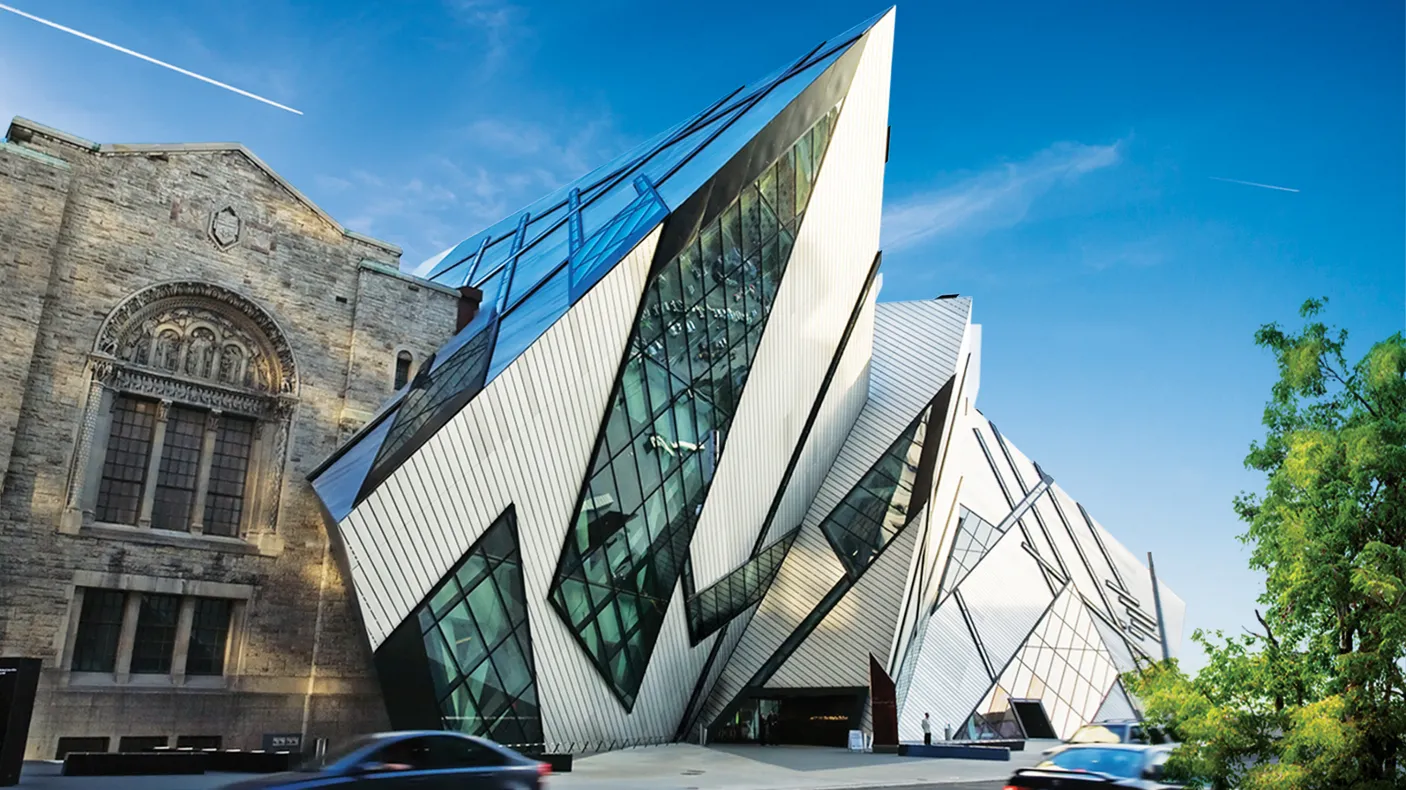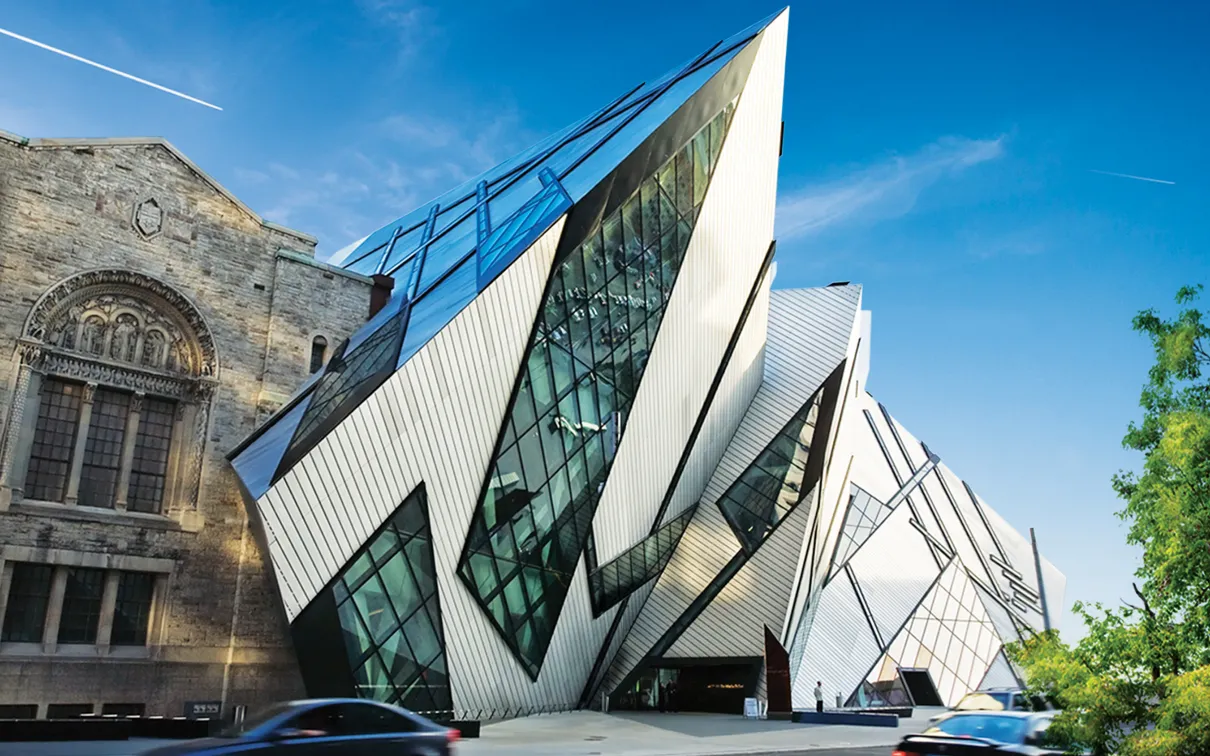Meet an Archaeologist: Kay Sunahara
Published
Categories
Author
Blog Post
Providing scale for some very large ancient Maya storage jars, Actun Chechem Ha, Belize. Image: Holley Moyes
In celebration of Archaeology Weekend on April 14 and 15, we have interviewed a few ROM archaeologists. Dr. Kay Sunahara works in Belize and other parts of Central America, researching Mesoamerican cultures including the ancient Maya (2000 BCE – 1500 CE), she also manages the collection of the ROM’s Rome and Greek section. Her research on ceramics has revolutionised our understanding of trade and contact across the Maya region.
What special challenges are there in your field area?
The neotropical jungle, this is an environment where Nature rules and needs to be respected. Whether it’s the start of rainy season storms, a herd of peccaries, acacia bushes full of fire ants, lethal fer de lance vipers, scorpions, black poison wood or clouds of malarial mosquitoes, not to mention ticks, they all need to be dealt with – in most cases I try and avoid it all but it can take some doing.
What made you want to be an archaeologist?
At first, it was the idea of travelling abroad and not just being a tourist, but really getting to know a place and people, while at the same time doing something that folks at home would say, “Now, that’s really cool!” Once I got myself into the field I loved being immersed in the research process of finding out new things about past cultures.

Even the smallest passages were littered with pot sherds, Actun Chechem Ha, Belize. Image: Holley Moyes
What skill or attribute do you think is most important for archaeologists?
It helps to be flexible and patient – the best laid research plans are in a constant state of change in and out of the field. You need to be able to think on your feet. Can’t excavate today because the truck that takes us to site needs a new tire? Everyone’s all geared up and really for the day. Okay, how about renting a canoe to survey the river banks for clay and sand? We may actually find the raw materials that go into the pottery we dig up. When things don’t go according to plan you need to be able to get a positive outcome in a way you might not have thought of before because in archaeology you never know what you might or might not find.
What is the most exciting archaeological discovery in your career?
I was part of a team of archaeologists working on a survey of how the ancient Maya used cave and rock shelter formations. We found and mapped many whole pottery vessels the Maya made and transported 1.5 kilometres inside the dark zone of cave – exciting because most of the time pottery coming out the ground in typical surface site excavations are sherds the size of your hand or smaller. In the same cave we found and recorded human bones, representing at least a dozen individuals, covered in fine calcite crystals so they glowed in the light of your headlamp.

Kay recording and sampling ceramics for analysis inside Actun Chechem Ha, Belize. Image: Holley Moyes
Where will your research take you next? Can you tell us a little about the project?
I will be going back to Belize on another cave archaeology project. Archaeological sites, especially caves, are being looted and their contents stolen at an alarming rate in Central America. The caves and surface sites we will investigate are brimming with archaeological material and are all under constant danger.



